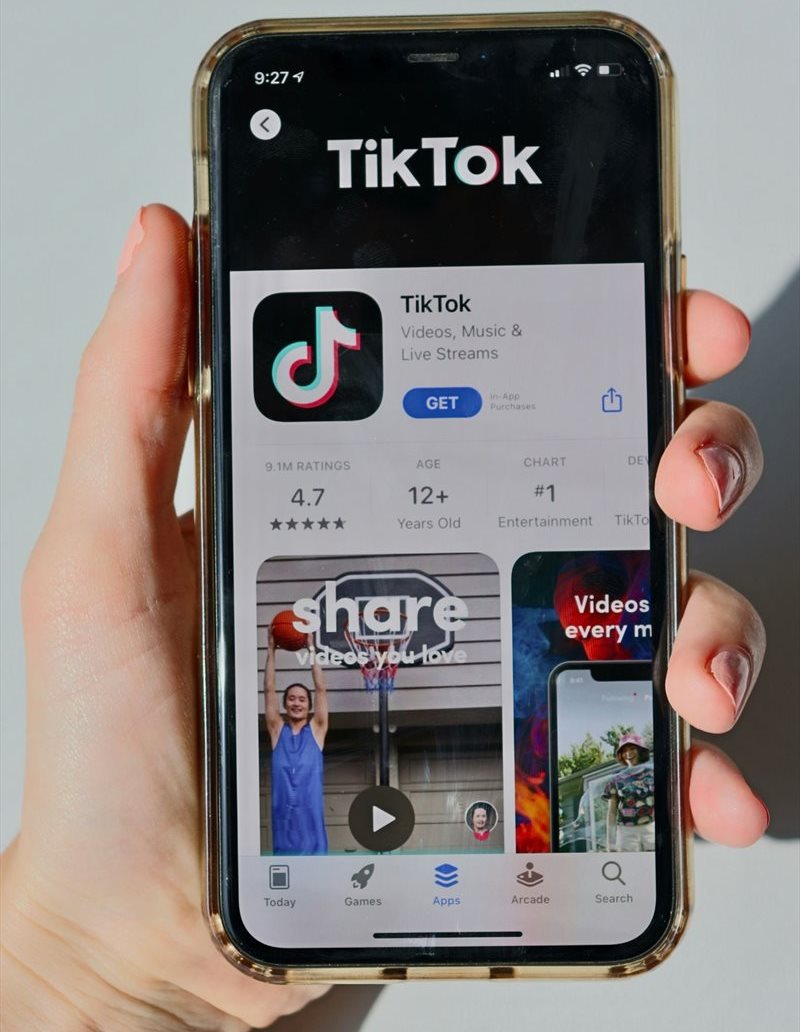The 2024 communications landscape is a bit of a scary place for those of us who have been playing on these fields for decades. Old formulas for success are no longer guaranteed and you need to be more agile and in-tune.

Image supplied: Photo credit Rosa Rafael
Unsplash Janet Berger, lead strategist at Flow Communications, says the 2024 communications landscape is a bit scary as old formulas are no guarantee for success
Everyone who works in communications will attest that the landscape is fast-changing and often difficult to keep up with.
Last year I was confronted with just how much it has changed.
My generation of South African moms had Marina Petropulos’ Baby and Child Care Handbook as our guide and lifeline for anything to do with the challenges of new parenthood.
My daughter is a new mom and no such book exists for her. Instead, she has TikTok.
It appears that videos of random new moms sharing their opinions and experiences are worth much more than any expert in the field.
Graphically honest videos of birth experiences and brutal reviews of baby products are the reference point of today's new mom!
The power of social media as an influential communication channel is significant, as is whose voices are being heard.
A challenge we face is getting through the dense filters people use to cope with the overwhelming influx of communications.
Only the most useful, concise, engaging and pertinent messages will get through; if you don’t make messages immediately relevant, personalised and beneficial, forget it.
Time is everyone’s most valued commodity – so don’t waste it.
Get to the point - quickly
We need to capture attention immediately and get to the point quickly. Thankfully, good content that includes storytelling still works, but generally, we see more engagement with short-form content and, of course, videos.
The designer in me loves that infographics and visuals are now playing a bigger role in effective communication. Short, snappy, summarised and useful content is a winner.
Who is talking
Who is talking can also be a big consideration these days – who and where is the message coming from?
Channels that allow individual voices to be heard – seemingly without ulterior motives (“I’m not trying to sell you something, just help you out”) – get attention; your average person on the street has a loud voice in terms of recommendations, reviews, opinions and driving public discourse.
Language use and appropriate tone are also important. You need to be acutely tuned in to your audience, their interests and their level of understanding so that your messaging hits the mark and isn’t clicked away from or ignored as a knee-jerk reaction.
Being heard
It’s a noisy communications space so getting heard can be challenging.
Influencers (to an extent) hold sway, as do celebrities (Taylor Swift was Time magazine’s Person of the Year in 2023).
Audiences spend more time engaging with content when someone else is talking about a brand than when a brand is talking about itself.
Public relations works from this premise, and so remains an important tool in a brand’s communications toolkit.
Scepticism a default setting
The proliferation of fake news, disinformation and believable AI-manipulated images has resulted in a default setting of scepticism and disbelief among many audiences.
This makes the communications challenge that much more difficult, as you have to persuade the audience of the legitimacy of your claims.
Apathy around social challenges
At Flow, we do a lot of purpose-driven work and recently we picked up a sense of apathy or indifference around social challenges.
Maybe it’s appeal fatigue; maybe today’s audiences are more focused on personal survival; or maybe audiences expect businesses and brands to do the heavy social lifting for them.
However, legitimately purpose-driven brands (no greenwashing or rainbow washing) are broadly supported for that very reason.
The mobile: tuning into the possibilities
Communication is in people’s pockets these days, as phones have become the primary source of communication.
The growth in smartphone access globally is significant, so we need to tune into the possibilities of this interface (personalisation, engaging, interactive, video-based, etc.).
Data costs continue to be an inhibiting factor; something many South Africans resent. While there is an awareness of the mass of useful information, how do we access it?
Also, apps are not always the solution they appear to be – again, the approach seems to be: “I will consider it only if it’s useful or beneficial to me.” Just being aware an app exists doesn’t mean it will be used.
Know what works but be adaptable
Like moving from textbooks to TikTok, trends, technology, platforms and preferences will continue to change.
We need to hang onto what we know works (good content and design, considered user interfaces, putting audiences’ needs first, and fit-for-purpose solutions), but be adaptable to where our audiences are moving and what’s capturing their interest.
____












































